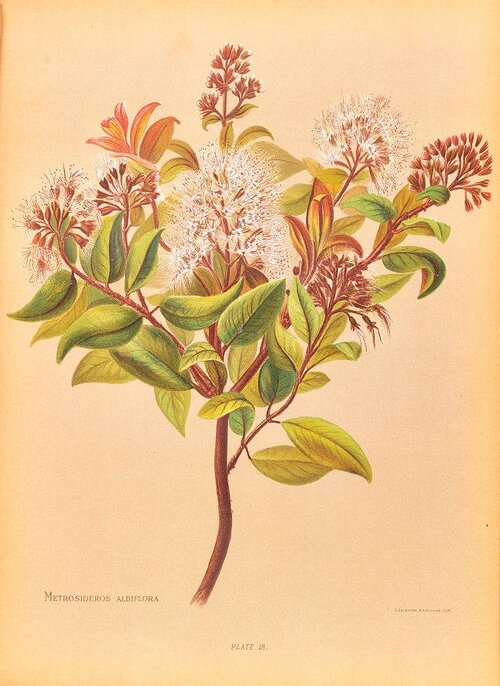Gleanings of the Week Ending June 5, 2021
/The items below were ‘the cream’ of the articles and websites I found this past week. Click on the light green text to look at the article.
Infographic: Animals of Different Species Hybridize | The Scientist Magazine® - Hybrids that fill a new environmental niche.
Britain’s Medieval Population Suffered From Cancer - Archaeology Magazine and Cancer rates in medieval Britain were around ten times higher than previously thought, study suggests | University of Cambridge – The same story from two sources. Cancer rates prior to the modern tumor-inducing chemicals from industry and tobacco were higher than previously thought.
Cities Have Distinct Microbial Signatures: Study | The Scientist Magazine® - Samples collected between 2015 and 2017 in transit stations in major cities. More than 4,000 known species…and 14,000 species that had DNA sequences not found in any database!
Top 25 birds of the week: Resident Birds! - Wild Bird Revolution and Top 25 birds of the week: Bird Biodiversity! - Wild Bird Revolution – So many bird pictures! I’m doing a little catching up this week.
The Blooming Mid-Atlantic – Near where I live…places I have been for vacation/birding.
Photography In The National Parks: Seeing The Forest For The Trees – A little lesson in photographing forests and trees and leaves from Rebecca Lawson
Greenland glacial meltwaters rich in mercury -- ScienceDaily – The study looked at nutrients in glacier melt…not expecting to find the high level of mercury. Now there are lots of questions about the potential impact on fishing – Greenland’s primary industry.
The nature reserve with a 500-year plan - BBC Future – Zealandia, an ecosanctuary in Wellington, New Zealand enclosed by a 5.3-mile predatory exclusion fence.
Arizona’s Meteor Crater – Another place I’ve visited… as seen by an instrument on Landsat 8.
Cicadas Fall Prey to a Psychedelic-Producing Fungus That Makes Their Butts Fall Off | Smart News | Smithsonian Magazine – I think I saw one with a white butt on my first walk around my yard!

























